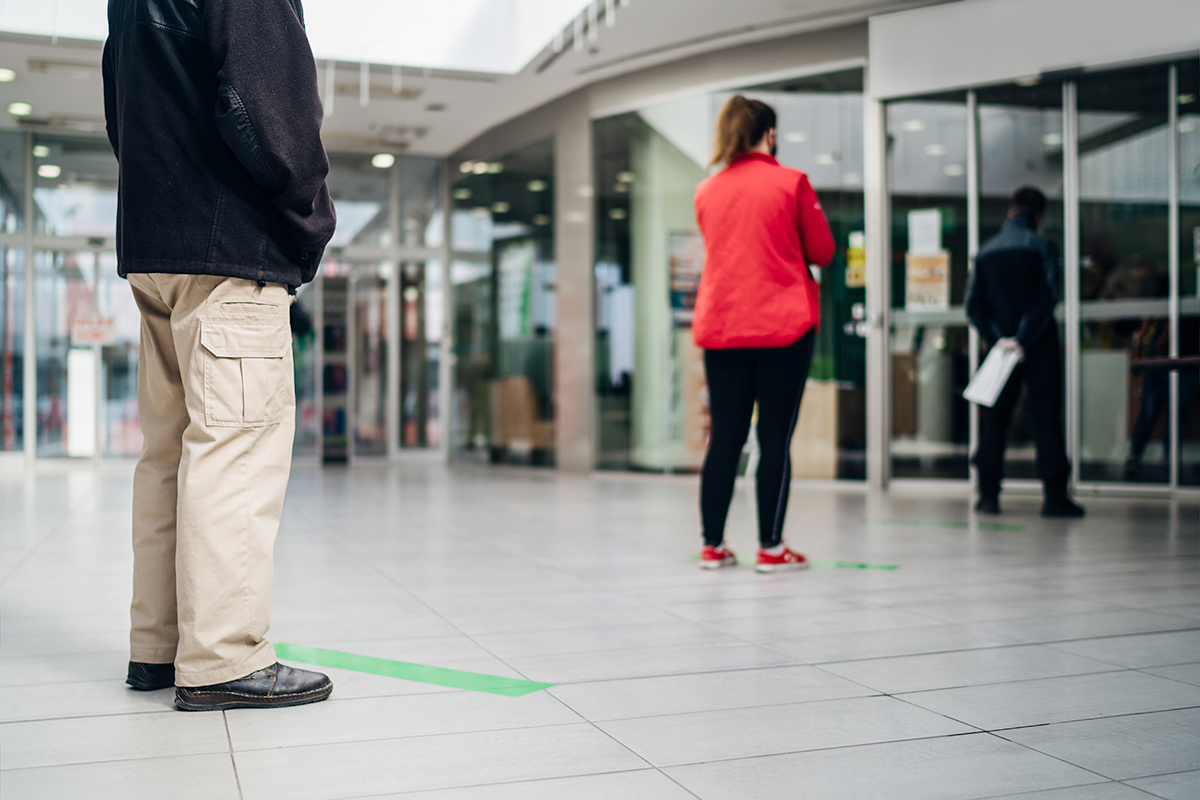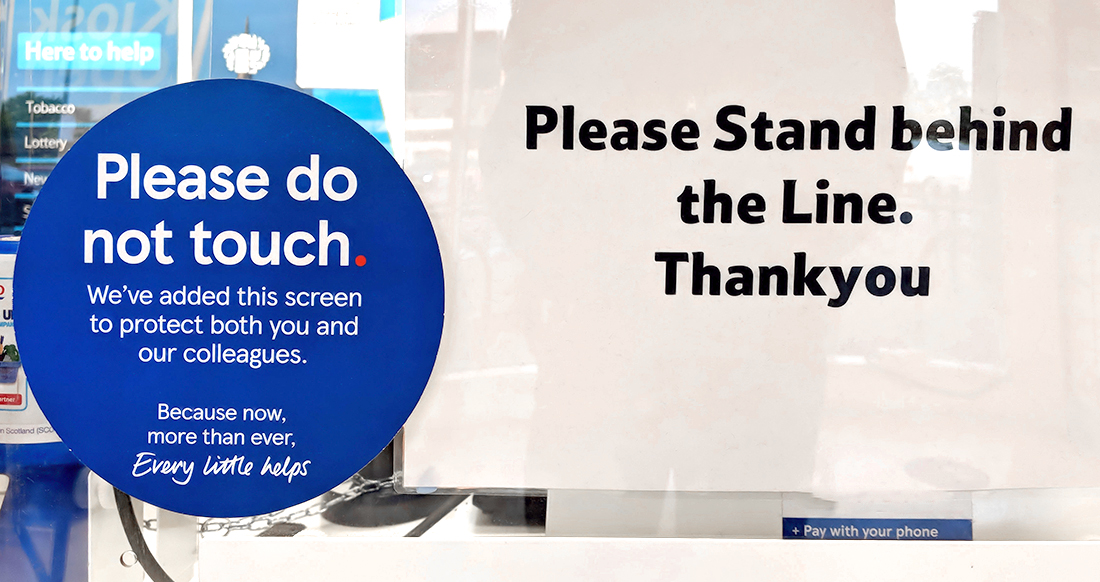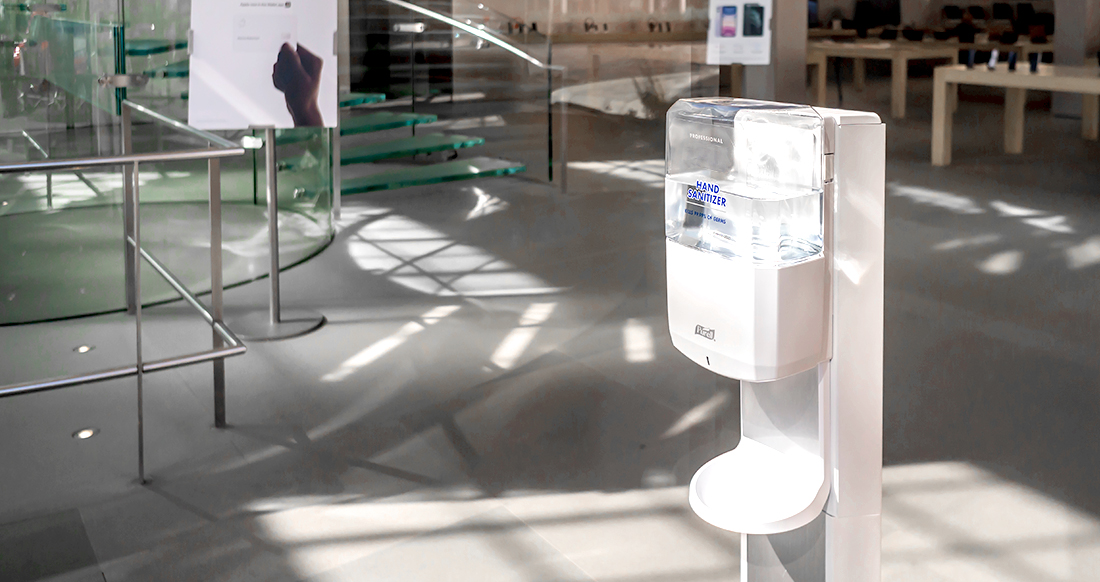How retail will change post Covid-19

With lockdowns progressively lifting across Australia, bricks and mortar retail is very much back on the consumer agenda.
But that doesn’t necessarily mean it’s back to business as usual. Shopper behaviour in-store shows signs of changing as customers respond to the new normal where hygiene is front of mind, and the household budget is tight.
Here’s what’s likely to alter in retail post-COVID-19…
A different experience
Over the past few years, the experience of retail has been a priority for many innovate brands. By way of example, just consider Inside Retail’s list of the 20 coolest retailers of 2019. This list was dominated by retailers with a focus on events, experiences, and interactive offerings, many of which are now off the cards due to customer limits and hygiene concerns.
That doesn’t mean retailers can’t offer experiences, but the way in which they’re delivered will be different. For example, events might be virtual, managed on social media or catered to via Livestream.
Meanwhile, Inside Retail ponders whether the new sensory preference will be the scent of sanitiser and the reassurance of less crowds as consumers come to grips with the lingering anxiety of Covid-19.
Look, but don’t touch

One major strength of bricks and mortar has been ‘retail theatre’ were consumers can touch, feel, try, or even taste relevant products prior to purchasing.
They can immerse themselves in items, engage with them and imagine them within their own worlds, but at present many changerooms remain closed, and consumers are wary of touching items for fear of spreading germs.
These restrictions will likely lift, and that fear may eventually recede, but in the interim, retailers will need to cater to a more anxious customer in new and innovative ways.
That may see stores adopt tools like increased digital signage to display a product’s features and rather than having customers physically trying on products like makeup or clothing in-store, augmented reality might be the preferred tool.
Keep your distance
The 1.5m rule as been well and truly drilled into people’s collective psyche since the beginning of Covid-19. It is now in the back of everyone’s minds everywhere they go.
It is also something people consider when they ready to enter a store, asking themselves: “how crowded is this outlet” and “is it safe?”
In many cases that means retailers need to rethink their store layout, introducing signage or clearing additional space in stores. It is also a situation where accurate traffic counting and heat mapping plays a critical role.
Tools such as these allow retailers to better understand the volume of consumers in-store and how the traffic flow works, enabling them to tailor their outlet to better accommodate ongoing social distancing concerns.
Sanitary shopping

One of the major Covid-19 practices that’s likely to linger long into the future is the new focus on hygiene and sanitisation. This practice has been adopted by almost every retailer and is now a feature of the nation’s reopening for business strategy.
Consumers have witnessed it everywhere from the entrance of shopping centres, where sanitisers are installed, to major grocery retailers where shopping trolleys are frequently cleaned.
For retailers, the attention to sanitisation is set to become a mainstay of the future. Not only will they be judged on their product offering, display and customer service but also their attention to hygiene detail.
The psychology of post Covid-19 consumer
Together, Inside Retail describes strategies like these as catering to the psychology of the post-Covid-19 consumer. Like any major trauma, Covid-19 has impacted the actions, thinking and habits of everyday Australians and the retailers who acknowledge and cater to this will fare best.
“Emotionally taxing environments can negatively affect consumer behaviour, so managing the emotional component of the retail or dining experience becomes an even more crucial part of the overall value offered,” they reflect.
“Adapting so-called “retail theatre” to include sanitation, hygiene, and keeping consumers calm will create a new kind of psychological comfort for the COVID-19 age.”